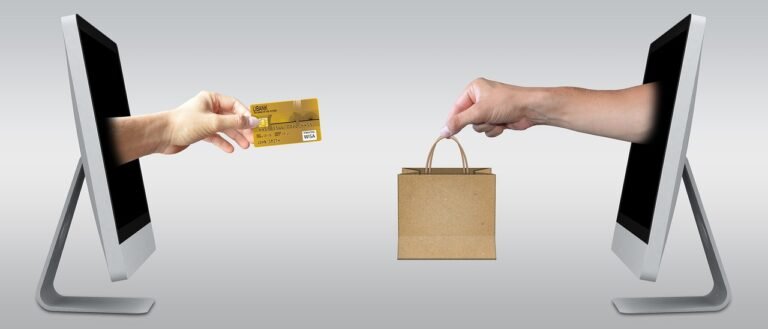Have you ever stumbled upon a hidden gem at a garage sale or thrift store and wondered how much it’s worth? Or maybe you’re a seasoned thrifter looking to turn your passion for finding unique items into a profitable side hustle. Whatever your situation may be, pricing thrifted items can be a daunting task. But fear not! With this step-by-step guide, you’ll learn everything you need to know to confidently price your thrifted finds and turn them into profitable resales. From identifying valuable items to researching market prices, we’ve got you covered. So grab your notebook and let’s dive into the world of pricing thrifted items!

Identifying valuable thrifted items
The first step in pricing thrifted items is to identify which items have value. Not all thrifted items are created equal, and some may be worth more than others. Here are some tips for identifying valuable thrifted items:
1. Know what to look for
The key to identifying valuable thrifted items is to know what to look for. Research popular vintage and antique items, and familiarize yourself with different styles and eras. This will help you spot items that are potentially valuable.
2. Check for brand names
Brand names can be a good indicator of value, especially for clothing and accessories. Some brands, such as Chanel and Gucci, are always in demand and can fetch high prices.
3. Look for unique or rare items
Unique or rare items are often more valuable than mass-produced items. Look for one-of-a-kind items, limited edition pieces, or items that are no longer in production.
4. Consider the condition of the item
The condition of the item is also a factor in its value. Look for items that are in good condition or can be easily restored. Items with damage or wear may still have value, but it will be lower than items in excellent condition.
5. Use online resources
There are many online resources available for identifying valuable thrifted items. Websites such as eBay and Etsy can give you an idea of what similar items are selling for, while vintage fashion blogs and forums can provide valuable information on different styles and eras.
Researching market prices
Once you’ve identified valuable thrifted items, the next step is to research market prices. This will give you a better idea of what your item is worth and what price you should aim for. Here are some tips for researching market prices:
1. Check online marketplaces
Online marketplaces such as eBay, Etsy, and Amazon can be a good starting point for researching prices. Look for items that are similar to yours and see what they are selling for. This will give you an idea of the market value of your item.
2. Use price-tracking tools
Price-tracking tools such as CamelCamelCamel and Keepa can give you historical data on prices for items on Amazon. This can be useful for determining price trends and identifying the best time to sell your item.
3. Check auction results
If your item is particularly valuable, you may want to check auction results to get an idea of what similar items have sold for in the past. Auction houses such as Christie’s and Sotheby’s are good places to start.
4. Consider the condition of the item
When researching market prices, it’s important to consider the condition of the item. Items in excellent condition will be worth more than items with damage or wear.
5. Don’t forget about shipping and fees
When selling items online, it’s important to factor in shipping and fees when pricing your item. Make sure to account for these costs when researching market prices.
Evaluating the condition of thrifted items
The condition of a thrifted item can greatly affect its value. Here are some tips for evaluating the condition of thrifted items:
1. Look for damage
Inspect the item for any damage, such as tears, stains, or missing parts. Even small flaws can greatly reduce the value of an item.
2. Check for wear
Look for signs of wear, such as fading, pilling, or fraying. While some wear is to be expected with vintage or antique items, excessive wear can greatly reduce the value.
3. Consider restoration options
If an item has minor damage or wear, consider whether it can be easily restored. Simple fixes such as replacing missing buttons or repairing small tears can greatly increase the value of an item.
4. Take photos
When selling an item online, it’s important to take clear photos that accurately show the condition of the item. Make sure to include photos of any damage or wear.
5. Be honest
When describing the condition of an item, it’s important to be honest. Don’t try to hide or downplay any flaws, as this can lead to unhappy customers and negative feedback.
Conclusion and final thoughts
Pricing thrifted items can be a challenging task, but with the right knowledge and resources, it can also be a profitable one. By identifying valuable items, researching market prices, and evaluating the condition of your thrifted finds, you can confidently price your items and turn them into profitable resales. Remember to always be honest about the condition of your items, and don’t be afraid to do some research and experimentation to find the best price for your items. Happy thrifting!






